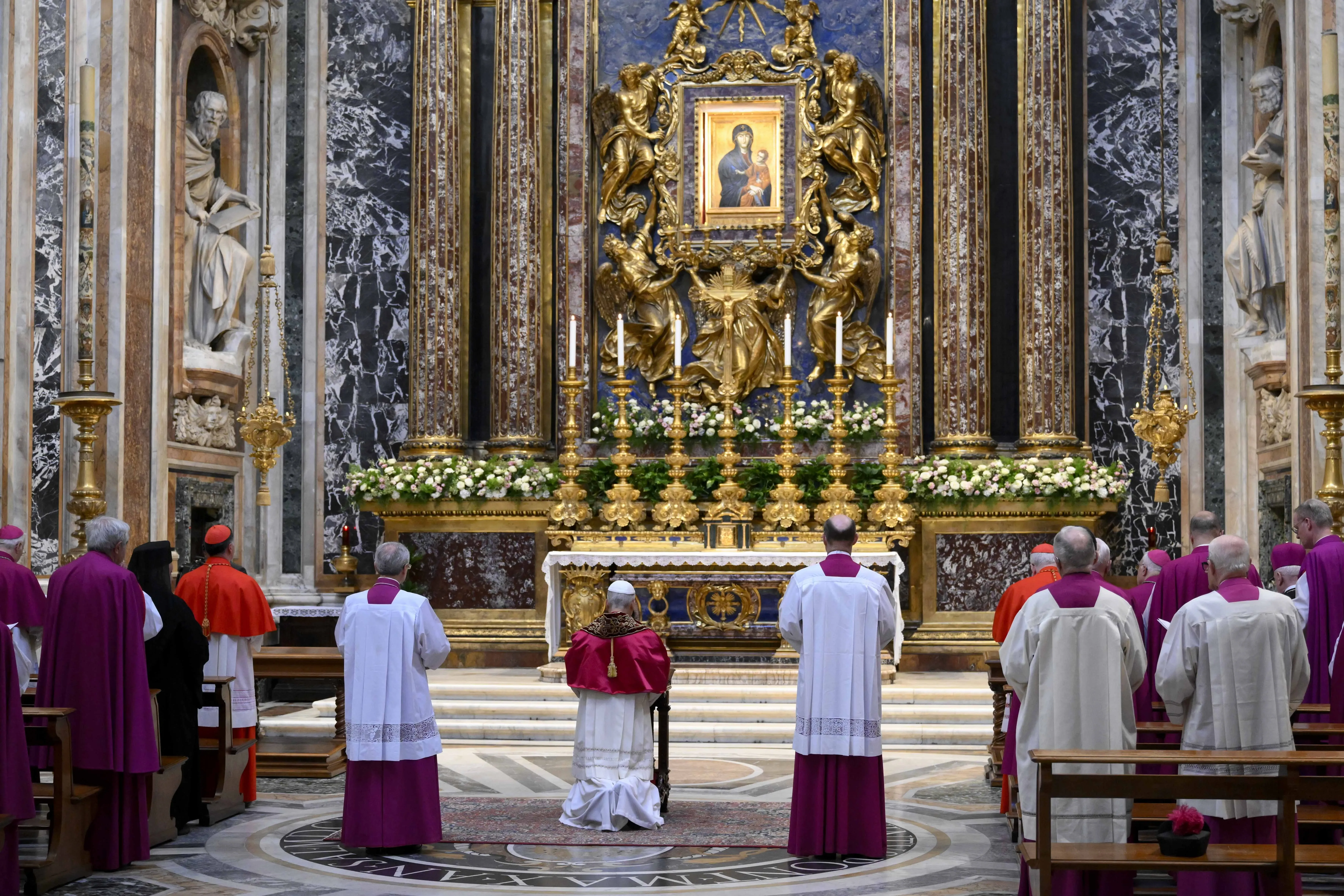Baptized adult Catholics who have received the sacraments of first Holy Communion and confirmation and would like to be instituted in the ministry of catechist can present a written and signed petition to their diocesan bishop.
The Vatican has emphasized the “vocational aspect” of the ministry, urging bishops to discern carefully about who to admit.
In Antiquum ministerium, Pope Francis described the qualities that the Church seeks in participants in the new lay ministry. He wrote: “Catechists are called first to be expert in the pastoral service of transmitting the faith as it develops through its different stages from the initial proclamation of the kerygma [Gospel proclamation] to the instruction that presents our new life in Christ and prepares for the sacraments of Christian initiation, and then to the ongoing formation that can allow each person to give an accounting of the hope within them.”
“At the same time, every catechist must be a witness to the faith, a teacher and mystagogue, a companion and pedagogue, who teaches for the Church,” he said.
4. What is the rite of institution in the ministry of catechist?
(Story continues below)
The rite of institution is a liturgical ritual by which the role of catechist is conferred. The ministry is conferred by the bishop, or a priest delegated by him, at either a Mass or a celebration of the Liturgy of the Word, following the liturgical rite issued by the Holy See on Dec. 13.
If the institution takes place during Mass, following the proclamation of the Gospel, a priest or deacon will call by name each of the candidates, who will present themselves to the bishop, responding: “Here I am.” The rite also suggests that the bishop should give a short homily on the role of the catechist. There is an invitation to prayer, a blessing, and a crucifix is handed to each new catechist.
5. Besides teaching the faith, the Vatican says some instituted catechists can celebrate “minor exorcisms.” What’s that?
In the Catholic Church, there are two types of exorcism: “major” ones and those called “simple” or “minor.”
When someone refers to exorcism, they are most likely speaking about the act of casting demons or evil spirits out of people, places, or objects possessed or plagued by them. This is major exorcism, a practice reserved to a Catholic priest delegated by his bishop to carry out this task within his own diocese.
The U.S. bishops’ conference explains on its website that a minor or simple exorcism is part of the Rite of Baptism for Children and part of the Order of Christian Initiation for Adults (OCIA).
The guidelines for the ministry of catechist note that a diocesan bishop may delegate “‘truly worthy and suitably prepared’ catechists to celebrate the minor exorcisms” for catechumens preparing to be received into the Catholic Church.
Hannah Brockhaus is Catholic News Agency's senior Rome correspondent. She grew up in Omaha, Nebraska, and has a degree in English from Truman State University in Missouri.








